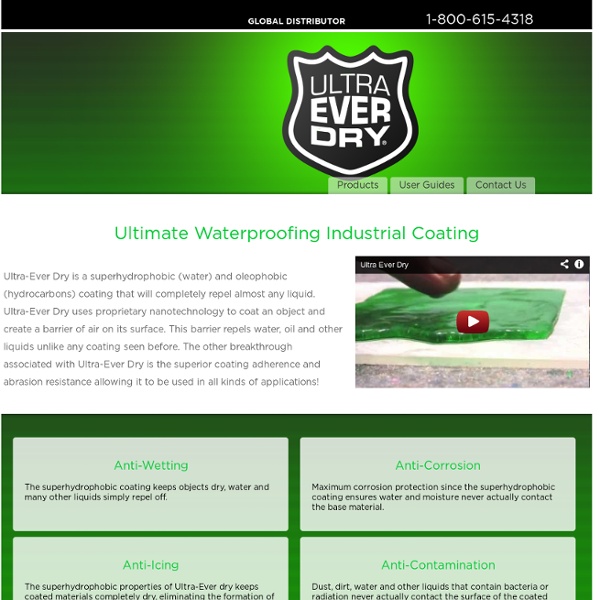



Welcome to Hydrowype How To… Embed This Infographic <a href= "><img src=" title="10 How Tos" alt="How To Infographic" border="0" class="nopin" /></a><br />Source: <a href=' title='Interesting Facts'><a href=' title='Interesting Facts'>Today I Found Out</a></a> 1) How to drastically increase the life of your shaving razor Before or after you shave (I prefer before so that the blades are dry), place your jeans on a hard flat surface; then run the razor up the pant legs about 10-15 times quickly; then repeat running it down the pant legs 10-15 times quickly. The threads on the jeans then will very effectively both fix any tiny bends in the blades that inevitably happen and will also sharpen the blades on your shaver cartidge. 2) How to make your teeth whiter Baking soda makes a good teeth whitener. 1.
Neodymium magneten in alle maten en soorten, magneten, neodymium aimants les plus puissants, aimants très fort ici nous proposons aux industriels et particuliers une grande gamme d'aimants et autres dispositifs magnétiques utiles et pratiques en Néodyme (ndFeB) .. Commandé aujourd'hui avant 13H00 = expédié aujourd'hui par: Colissimo livrer sous 2 à 3 jours à 6,- euro ou Chronopost livrer sous 24H00 à 14,50 Euro Dépôt en France . 17 rue des prêtres. 68570 Soultzmatt (Alsace) Contact commercial : Hubert Haag : 09 66 87 04 66 ou 06 32 77 69 96 ou: info@sanf.f Cliquez sur la photo d'un produit ci-dessous pour accéder directement au groupe du produit. Il est souvent difficile (surtout pour un particulier) d'avoir une offre variée d'aimants de qualité à des tarifs généralement réservés aux professionnels ... Il est encore plus difficile de bénéficier de conseils judicieux ! Les aimants Néodymium fer bore (ndFeB), standards dans notre gamme, ont un grade de magnétisation minimale de N45. et sont protégés par un revêtement Ni-Cu-Ni , Epoxy ou plaqué or. NOUVEAU: vous avez des questions ?
How To Copy & Paste Between iPhone & Desktop Without Installing Any Apps There’s something about technology I find truly fascinating. The more sophisticated everything becomes, the more trivial problems are created. Back when I was using my trusty Nokia 6070, I had no desire or need to copy and paste things from my desktop to my phone. My phone and my desktop were two different entities, and I didn’t even dream of being able to copy and paste something from my desktop, and have it appear instantly on my phone. But then smartphones came along. Many people use e-mail for that. Hopper Hopper is a web app which lets you easily copy and paste something on your desktop or phone, and immediately access it on the other device as well. You can access Hopper from your desktop or iOS device by pointing your browser to gethopper.com. Hopper On Your Computer To start using Hopper, access the website and create an account. To use the bookmarklet, drag it to your browser’s bookmarks toolbar, and then use it to save whole webpages from your browser to Hopper.
Bienvenue --- Welcome - ECOSYSTEM Naturellement... Une gamme de produits naturels de bien être. In this Crazy Life: Tips and Tricks Ive been working on this post for awhile now, as I find these neat tips and tricks I wanted to keep them all together and be able to share them with all of you lovelies! I have tried all of these, so I know they work. Just call me Martha Stewart- you know, sans the jail time. If there is no picture, then I have no idea where I heard it- or I would cite it! 1. HOLY CRAP. 2. 3. 4. 5. 6. 7. 8. 9. 10. 11. If youre into nails, you have to check the awesomness out that is her blog. 12. via 13. 14. 15. 16. 17. 18. 19. 20. 21. via 22. 23. Head on over to I {heart} Nap Time and see some awesome recipies, craft ideas and overall awesomeness. 24. via 25. 26. 27. 28. via 29. 30. via 31. 32. 33. 34. 35. via That's all for now, lovelies, if you have any tips and ticks please feel free to pass them on! Tips and Tricks Part 2 is up and running- check it out here!!
Free-Energy Devices, zero-point energy, and water as HHO fuel